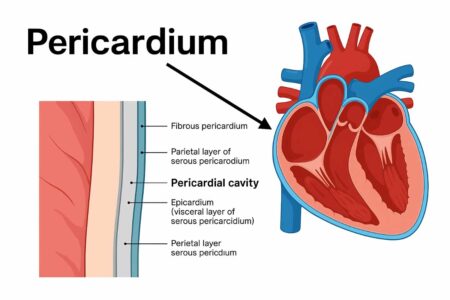Hair loss can be a distressing experience for both men and women, affecting self-esteem and overall well-being. Fortunately, advancements in medical technology have paved the way for effective solutions, such as hair transplantation. In this blog post, we will explore the transformative journey of hair transplant before and after, shedding light on the procedure, expected outcomes, and the growing popularity of hair transplant clinics in the UK.
Understanding Hair Transplantation:
Hair transplantation is a surgical procedure that involves moving hair follicles from one part of the body, called the donor site, to the balding or thinning areas known as the recipient site. The two most commonly used techniques are follicular unit extraction (FUE) and follicular unit transplantation (FUT).
Follicular Unit Extraction (FUE):
FUE is a minimally invasive procedure that involves extracting individual hair follicles directly from the donor area. This technique leaves tiny, almost invisible scars, making it a preferred choice for patients who prefer shorter hairstyles or have a history of scar formation. FUE offers natural-looking results and a quicker recovery time compared to FUT.
Follicular Unit Transplantation (FUT):
FUT involves removing a strip of scalp from the donor area and then dissecting it into individual follicular units for transplantation. With this technique, more hair follicles may be transplanted in a single session. Patients needing substantial covering or those with significant hair loss might choose FUT. The procedure creates a linear scar that is readily hidden by hair.
The process of consultation
Comprehensive consultation with a licensed hair transplant surgeon is necessary before undertaking the operation. In the UK hair transplant clinic surgeons will examine your hair loss pattern, analyze the quality and density of your donor’s hair, and go through your expectations and goals during this session. This individualized approach guarantees that the process is adapted to your unique demands.
Hair Transplant Before and After What to Expect?
Due to variables including age, hair type, and the degree of hair loss, hair transplant results might differ from person to person. It’s critical to maintain reasonable expectations and recognize that a hair transplant is a lengthy procedure. Here is a general schedule of events:
1. Immediately After the process: The recipient region may seem red and a little puffy after the hair transplant process. Around the transplanted hair, little scabs will develop and disappear after a few weeks.
2. First Few Weeks: The transplanted hair will enter a resting phase and begin to shed over the first few weeks. This shedding is a typical process of hair development and shouldn’t raise any concerns. The hair follicles are still present beneath the surface and will gradually start to regrow.
3. Months 3 to 6:
New hair growth typically begins within three to six months post-surgery. Initially, the hair may be thin and fine, but it will gradually thicken and become more natural-looking over time.
4. Months 9 to 12:
By the ninth month, significant improvement in hair density and thickness can be observed. The final results of a hair transplant may take up to a year to fully manifest, providing a fuller head of hair and enhanced self-confidence.
Conclusion:
Hair transplant procedures have revolutionized the field of hair restoration, offering individuals an opportunity to regain their confidence and improve their quality of life. Whether opting for FUE or FUT, a consultation with a reputable hair transplant clinic in the UK will guide you through the process, ensuring the best possible outcome.
Remember, each individual’s hair transplant journey is unique, and results may vary. Patience is key as you progress through the stages of regrowth. Embrace the transformation and enjoy your enhancement.






